Issue 12 Flipbook
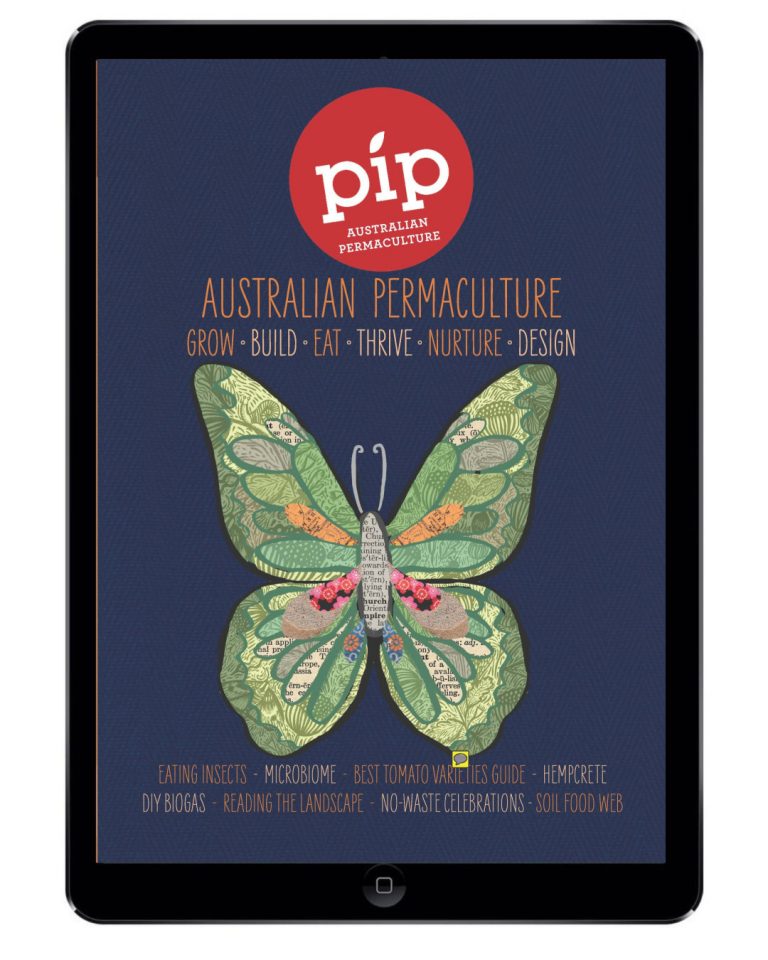
Read issue 12 as a flipbook

Read issue 12 as a flipbook

Read issue 13 as a flipbook
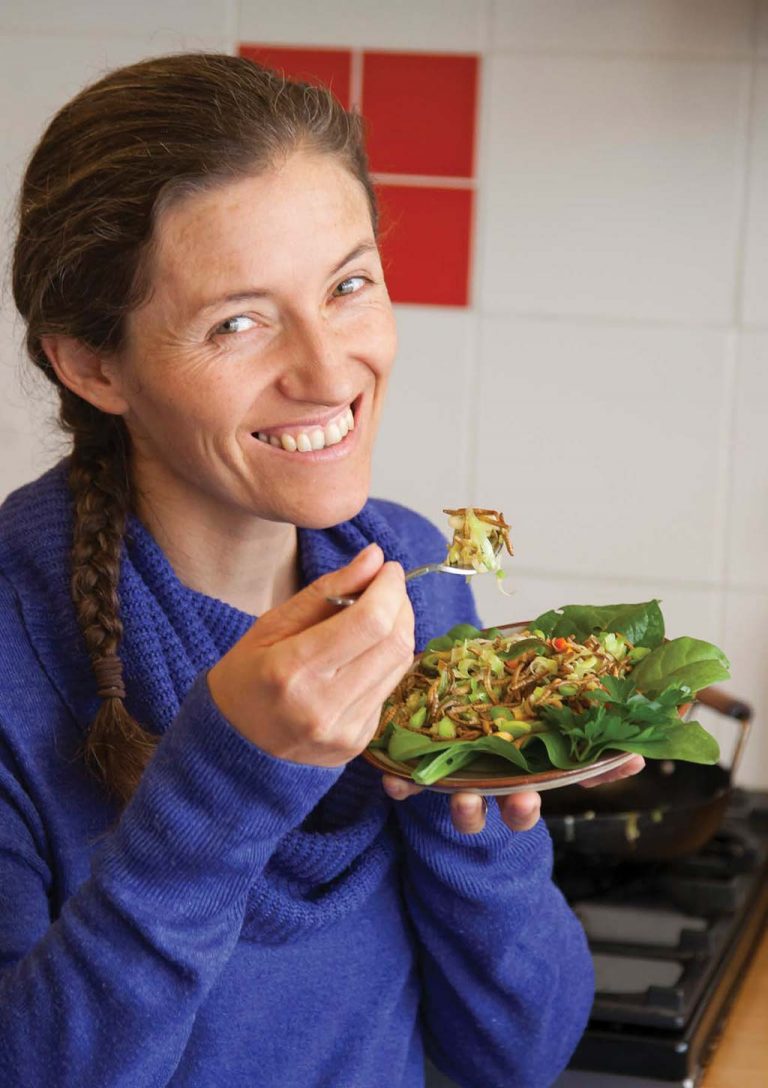
As superfood fads go, the movement towards eating insects has a lot of hype, but is less commonly adopted. An untapped source of protein, high in amino acids, wildly abundant, easy to grow, with a tiny ecological footprint—the sales pitch sounds great to most of us until we’re presented with a dish of mealworms.
There’s something taboo about the idea of eating creepy crawlies in the Western world, but according to its proponents, entomophagy (the practice of eating insects on purpose) is going to get a whole lot bigger, despite the small size of its heroes.
The French eat snails, Mexican and Thai people are wellknown for their fondness for crickets, and even our homegrown witchetty grubs and honey ants are part of traditional Australian ‘bush tucker’ folklore.
For most of us however, eating insects (beyond say, a few stray aphids on our homegrown brassica leaves) is pretty low down on our to-do lists. Perhaps it’s because in the West we see insects as dirt dwelling vectors of disease. Or perhaps it has more to do with our Judeo-Christian cultural heritage, where insects were almost never deemed to be ‘kosher’. Or perhaps there’s something deeper too.
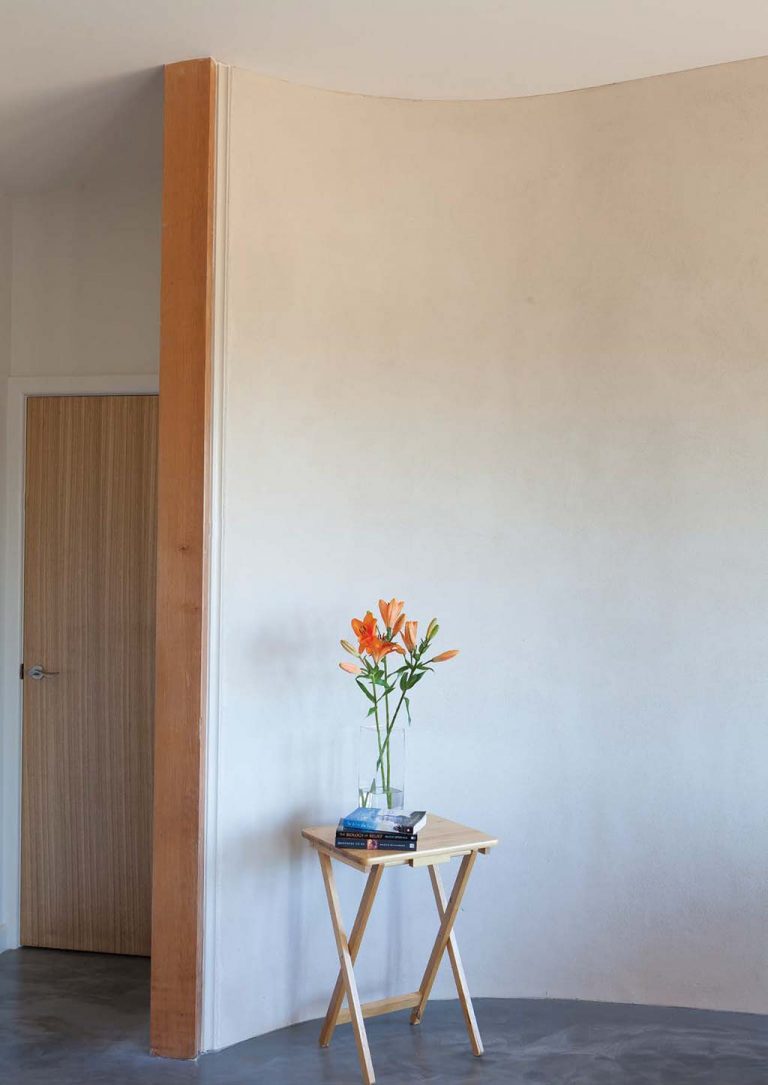
Much is being made of hemp as a superfood, and its sibling, medicinal cannabis. But little is known about the health benefits of buildings constructed with hempcrete.
Industrial hemp is a variety of the Cannabis sativa plant species that is grown specifically for a range of commercial purposes including paper, fabric, clothing, biodegradable plastics, paint, insulation, biofuel, food and animal feed. It’s typically found in the northern hemisphere and is one of the fastest growing plants. Its use as a fibre dates back 10,000 years when it was originally spun into textiles.
Hempcrete is a hemp-lime composite consisting of the chopped woody core of the industrial hemp plant, a lime based binder and water. This mix is then poured into moulds or ‘formwork’ fixed to a timber frame to act as a replacement for conventional insulation products.

There is a simple way to make your own renewable energy at home and use it for cooking, heating and lighting. It’s called Biogas, and the concept is – add your kitchen scraps or animal manures to a large tank called a ‘digester’ and the anaerobic bacteria that live in the tank will breakdown or ‘digest’ these wastes and convert them to methane gas.
The gas is stored in a bag and can flow straight into your gas cooker in your kitchen, or your outdoor BBQ. The bacteria in the tank need to be fed every day and will not only produce biogas, but also a liquid fertiliser for your garden, and a solid material which is great for growing mushrooms on.
Many people around the world are making their own biogas at home, including millions of people in developing countries. To become part of this off-the-grid power movement you can make your own DIY unit for very little cost, or buy a readymade unit that can be used in any city-suburban backyard.

Milkwood have done it again. Everything they do has equal parts style and substance and this book has both in spades (excuse the pun). Rather than trying to do what a lot of gardening/ permaculture books do and try to cover everything in one book, Kirsten and Nick have chosen a few areas of expertise and explored them in-depth.
They have chapters on tomatoes, mushrooms, beekeeping, seaweed and wild food—each one is presented with clear, easy-to-read instructions and explanations, with stunning photography and illustrations.
The photography shows the authors demonstrating the practices and living the life of ‘down-to-earth’ living, painting a picture of a life of homegrown food, rustic picnics and practical self-sufficiency. If this book doesn’t inspire you to get ‘down-to-earth’, I don’t know what will.

We use and value diversity in our gardens, farms, national parks and nature reserves. Yet do we use and value the diversity in our bodies, in that vast collection of unseen communities we call our microbiome?
When there are trillions of microbes involved that can directly affect your mood, immune system, weight and health, then diversity is definitely what you want to consider ‘culturing’, growing, farming and valuing in your own body.
If you are what you eat, then you are definitely what your microbes eat. Everything you grow and eat from your own and others’ gardens and farms, plus the way you eat food (eating a variety of colourful vegetables, eating your own homemade ferments, etc.) and your lifestyle choices (such as avoiding unnecessary use of antibiotics and reducing stress) will affect the diversity of your microbiome. And it is affected not just by what you put in your mouth, your environment and your stress levels, but also by the diversity that exists in nature. We are inherently connected to nature. Diversity matters to nature, and therefore to our own health and happiness as well.
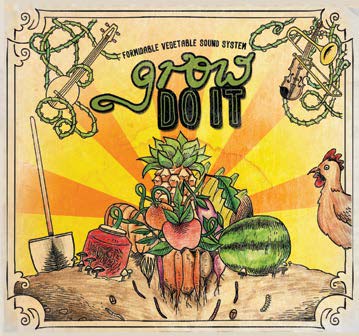
We love to see our little Pip fans and we’d like big kids to be in Pip magazine too. So if there are big kids out there doing great things in the garden (come on tweens and teens!), get out your selfie sticks and show us what you’re up to.
Our Kids’ Patch winner for issue 12 is Mia from Medowie, NSW. Congratulations! You’ve won a copy of The Story of the Little Mole Who Knew It Was None of his Business.
Next issue we are giving away a digital download of Formidable Vegetable Sound System’s album, Grow Do It. To be in the running, parents can email a photo through to editorial@pipmagazine.com.au along with your child’s name, age and suburb.

As we tread upon our soil, plant into it and harvest from it, it’s hard to imagine the myriad of creatures that live within it. Teeming with life, the sheer number and diversity of creatures in our soil is mind-boggling, and these creatures are crucial to the health and vitality of our soil. This interdependent circle of life is known as the soil food web.
The soil food web is the living component of our soil, a living ecosystem which is closely linked to the health of the plants that grow in the soil. If the soil biology is healthy, the plants we grow and eat will be healthy, and if the plants are healthy, then we humans can be healthy. We are more connected to and reliant on our soil than we think.
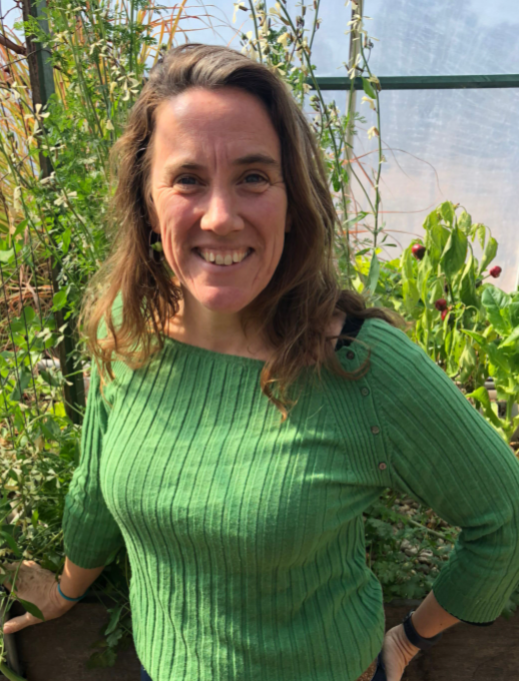
Hey Pipsters,
Often we spend our lives walking around seeing only what is in front of us, but it is the microscopic, that which we cannot see, that is responsible for what is before us and within us.
The earth we walk on is made up of a world of bacteria and other microscopic life, most of which are invisible to the naked eye, but without them we have nothing. It is this complex soil food web that makes our soil alive and able to give life to all things. The more fungi, bacteria and other microbes we have in our soil, the more nutrients can be taken up by the plants we grow and the food we eat, which in turn adds to the good microbes and bacteria in our bodies, building our health and nutrition.
A diverse ecosystem of microscopic life within our body and gut helps improve our health, our mood, our energy levels and therefore our complete wellbeing. We are made up of more microbes than cells.